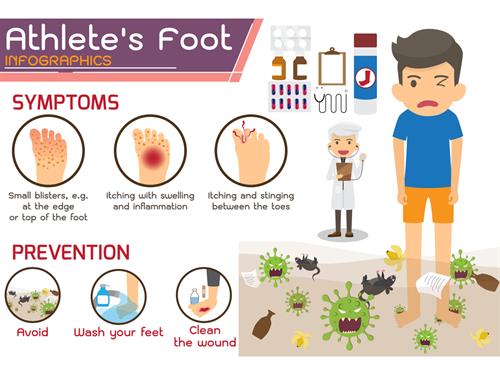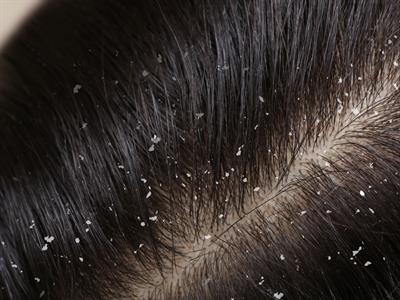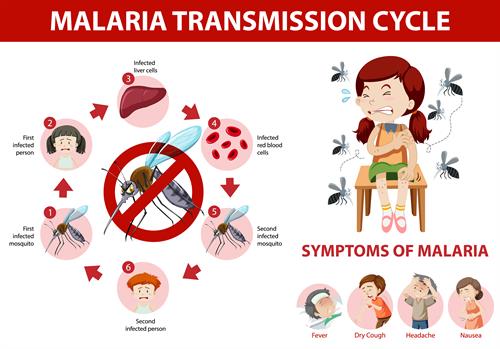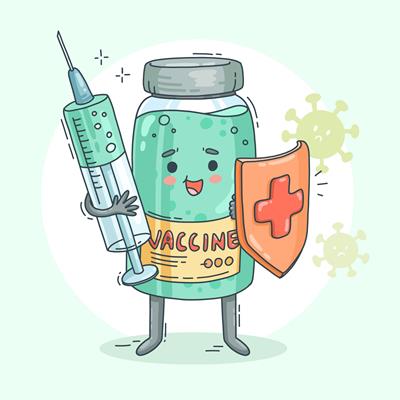
PUMPA - SMART LEARNING
எங்கள் ஆசிரியர்களுடன் 1-ஆன்-1 ஆலோசனை நேரத்தைப் பெறுங்கள். டாப்பர் ஆவதற்கு நாங்கள் பயிற்சி அளிப்போம்
Book Free DemoFungal diseases:
Fungi are eukaryotic, unicellular or multicellular organisms. They can live either independently, parasitic or be present in a symbiotic relationship with the plants or animals. Fungi cause many diseases in humans, including dandruff, ringworm, athlete's foot etc.
1. Athlete's foot, also called Madurai's foot:

Athlete's foot
2. Dandruff:

Dandruff
Protozoan diseases:
Protozoa are unicellular or multicellular, eukaryotic organisms that can either live independently or as parasites (dependent on another organism for life). They have different cell organelles that perform different functions. Protozoa also cause various disease in animals, including humans.
Examples: Malaria, Amoebiasis, African sleeping sickness etc.

Malaria transmission cycle and symptoms
Why we need immunisation?
Our immune system responds to foreign pathogens invading our body. But, sometimes, our immune system isn't quick or strong enough to prevent from causing infection. Thus, humans need immunisation to protect the body from harmful infectious agents that cause diseases.
Immunisation is a process by which an antigen or antibodies are administered to develop resistance from specific infectious agents.
Vaccines are inoculated into our body to prevent the disease caused by infectious agents. The process of injecting vaccines into our body is called vaccination.
Vaccine:
You would have taken vaccines as an infant to protect yourself from a variety of diseases. Isn't that so? Can you recall the names of vaccines? Try to make a list of vaccines with the aid of your parents.
Vaccines are preparation of living or killed microorganisms used to prevent or treat diseases.

Vaccine shield
A vaccine is made up of dead or weak microbes. Whenever a vaccine is inserted into a healthy body, it generates antibodies that fight and destroy pathogen. Antibodies remain in the body to protect against disease-causing bacteria, resulting in the development of immunity. The procedure is known as vaccination or immunisation.
Example:
Polio, cholera, tetanus, rabies, tuberculosis, smallpox, measles, diphtheria, and pertussis can be prevented by vaccination.
Vaccines recommended for children among the age group 0 - 6 years.
Bacterial vaccines | Viral vaccines |
Diphtheria toxoid, tetanus toxoid, acellular pertussis (DTaP) | Hepatitis A |
| Haemophilus influenzae type b (Hib) | Hepatitis B |
| Meningococcal | Influenza |
| Pneumococcal | Measles, mumps, rubella (MMR) Poliovirus, inactivated Rotavirus Varicella |
Reference:
https://www.freepik.com/free-vector/cartoon-vaccination-campaign-illustration_13859994.htm#page=1&query=vaccination&position=14